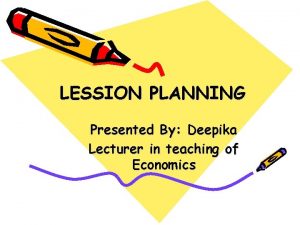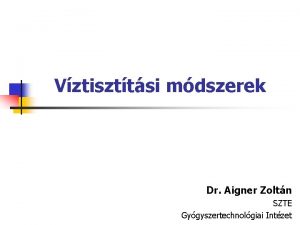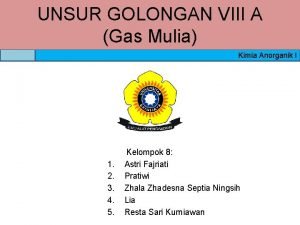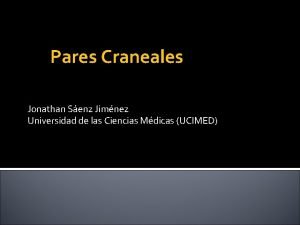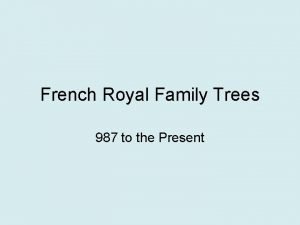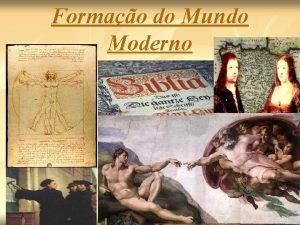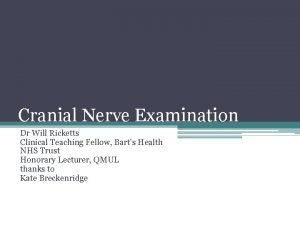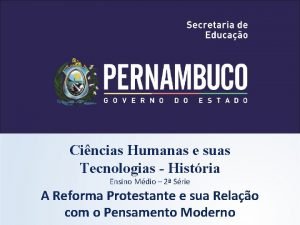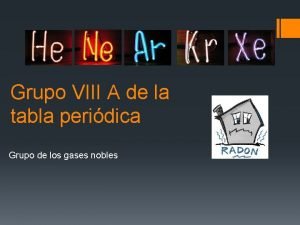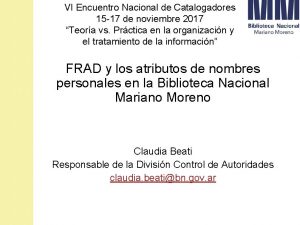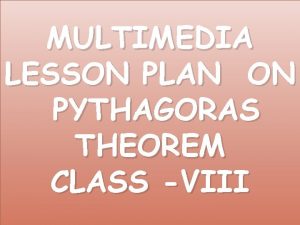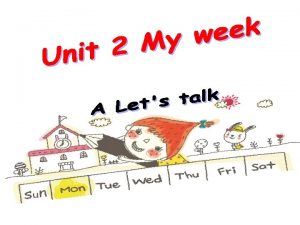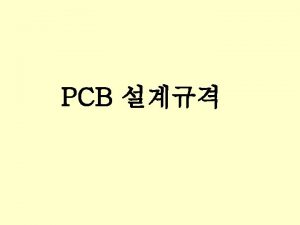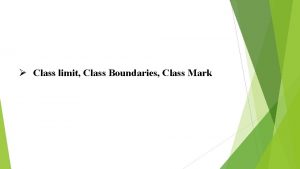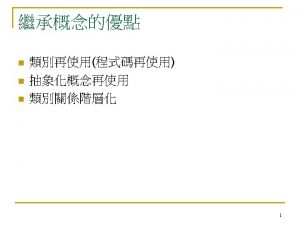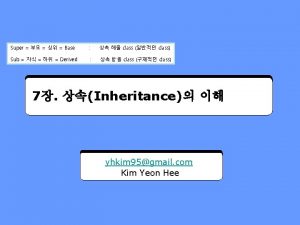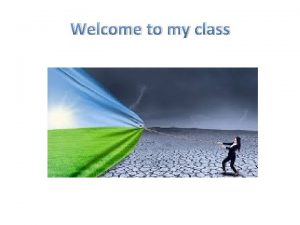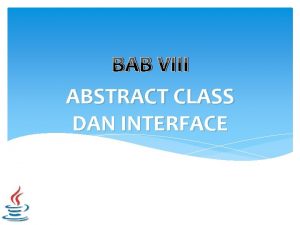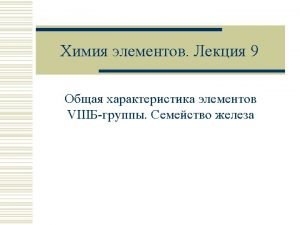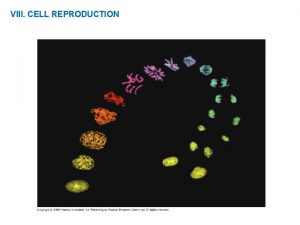LESSON PLAN CLASS VIII STEPS OF LESSON PLAN



















- Slides: 19

LESSON PLAN CLASS : VIII

STEPS OF LESSON PLAN 1. NAME OF THE LESSON 2. NUMBER OF PERIODS REQUIRED 3. OBJECTIVES OF THE LESSON

4. Description of period wise concepts Period 1. 2. 3. 4. 5. 6. Concepts TLP strategies Reflections Teacher’s notes Resources/TLM

Name of the lesson: 24. Disaster Management

No. of Periods required: 10

Objectives of the lesson:

I. Conceptual Understanding: 1) Gives examples for Natural hazards 2) Differentiates between a hazard and a disaster 3) Categorizes disasters based on speed and origin/cause 4) Gives examples for Natural disasters 5) Compares and contrasts Natural disasters and Human induced

I. Conceptual Understanding: 6) Describes the causes and effects of different disasters 7) Explains the management of different disasters 8) Explains the causes of Tsunamis 9) Explains about what to do before, during, after Tsunami 10) Gives reasons for the occurrence of drought

II. Reading the text (given), understanding and interpretation �Explains about disaster in own words �Gives his views about disaster management �Mentions the important points of impact of drought

III. Information skills: Collects and analyzes the information of different disasters occurred in India

IV. Reflection on contemporary issues and questioning : 1. Explains the disasters occurred in his locality 2. Suggests precautions to the people to face disasters 3. Give suggestions for the prevention and management of different disasters (Tsunami, floods, fire hazards, drought etc. )

4. Puts questions on Earthquakes, cyclones, landslides, volcanoes, droughts, tsunamis, and floods to know more about them.

V. Mapping skills: �Reads and understands the maps of Tsunami hit areas of India and the world �Points out the drought, floods and cyclones affected areas in the map of India

VI. Appreciation and Sensitivity: �Prepares posters on the management and precautions to be taken on Tsunami, drought, floods etc. �Appreciates government for introducing Watershed Development �Sensitizes people on disasters and their management

Description of period wise concepts: �Period �Concepts/Activities �Methodology �Resources/TLM �Evaluation

Period 1. 2. 3. 4. 5. Concepts/Activities Methodology Resources/TLM Types of Disasters- Discussion Pictures, News Natural disasters paper clippings Human induced disasters – What is disaster management? Tsunami What to do after Tsunami? Drought

Reflections: � Students reflected more on Tsunamis. Questioned about the prevention of disasters. Collected the information on the cyclone Helen.

Teacher’s Notes: �Visual aids should be used more. More reading material and different examples from all over the world would give a better understanding.

THANK YOU
 What is micro teaching lesson plan
What is micro teaching lesson plan Rcem approach of lesson planning
Rcem approach of lesson planning Aqua destillata vs aqua purificata
Aqua destillata vs aqua purificata Proses pembuatan kripton
Proses pembuatan kripton King henry vii family tree
King henry vii family tree Nervios vagos
Nervios vagos Henry viii wives executed
Henry viii wives executed French royal family tree
French royal family tree Ato de supremacia de henrique viii
Ato de supremacia de henrique viii Cn vii test
Cn vii test Teachers violating the code of ethics in the philippines
Teachers violating the code of ethics in the philippines Reforma luterana consequências
Reforma luterana consequências Henry viii great matter
Henry viii great matter King henry viii banquet menu
King henry viii banquet menu Grupo viii a de la tabla periodica
Grupo viii a de la tabla periodica Domingo 8 del tiempo ordinario ciclo c
Domingo 8 del tiempo ordinario ciclo c Lecturas domingo xviii tiempo ordinario ciclo c
Lecturas domingo xviii tiempo ordinario ciclo c Henry viii definition ap world history
Henry viii definition ap world history Roma siglo viii a.c
Roma siglo viii a.c Viii encuentro nacional de catalogadores
Viii encuentro nacional de catalogadores

